What is an NFT?
Most people struggle to grasp the concept of NFTs, even after learning that it stands for Non-Fungible Token. Let’s understand the term NFTs, its components and explore its potential applications.
The term "non-fungible" signifies uniqueness and irreplaceability. Unlike a banknote, which exists in millions of identical copies, non-fungible items cannot be duplicated or replaced. This characteristic lends them inherent value and uniqueness.
On the other hand, the "token" aspect of NFTs is straightforward—it refers to an alphanumeric code representing the NFT's uniqueness. This token is affixed to digital assets like artwork, online content, time-limited virtual items, and valuable media such as photos, audio, and video, indicating ownership.
A Non-Fungible Token is a unique, unexchangeable financial instrument that validates ownership of various digital assets. Embracing NFTs over traditional methods offers several advantages, as detailed below.
Utilizing NFTs can streamline processes and enhance security in digital asset ownership. For instance, incorporating NFTs with platforms like WordPress can revolutionize user authentication and access control. Solutions such as the Web3 WordPress Login plugin provide seamless integration for leveraging NFTs in user authentication processes.
Moreover, NFTs open avenues for gated content distribution, ensuring creators' control over their digital assets. Platforms like NFT-based Gated Content solutions empower creators to monetize their content effectively while safeguarding their intellectual property.
Furthermore, comprehensive suites like the WordPress Web3 Suite offer a holistic approach to integrating NFT functionalities into WordPress-powered websites. Such solutions not only enhance security but also expand the possibilities for creators and content owners to leverage NFT technology effectively.
Incorporating NFTs into digital ecosystems presents exciting opportunities for creators, businesses, and consumers. By understanding and harnessing the power of Non-Fungible Tokens, individuals can unlock new avenues for ownership, creativity, and innovation in the digital realm.
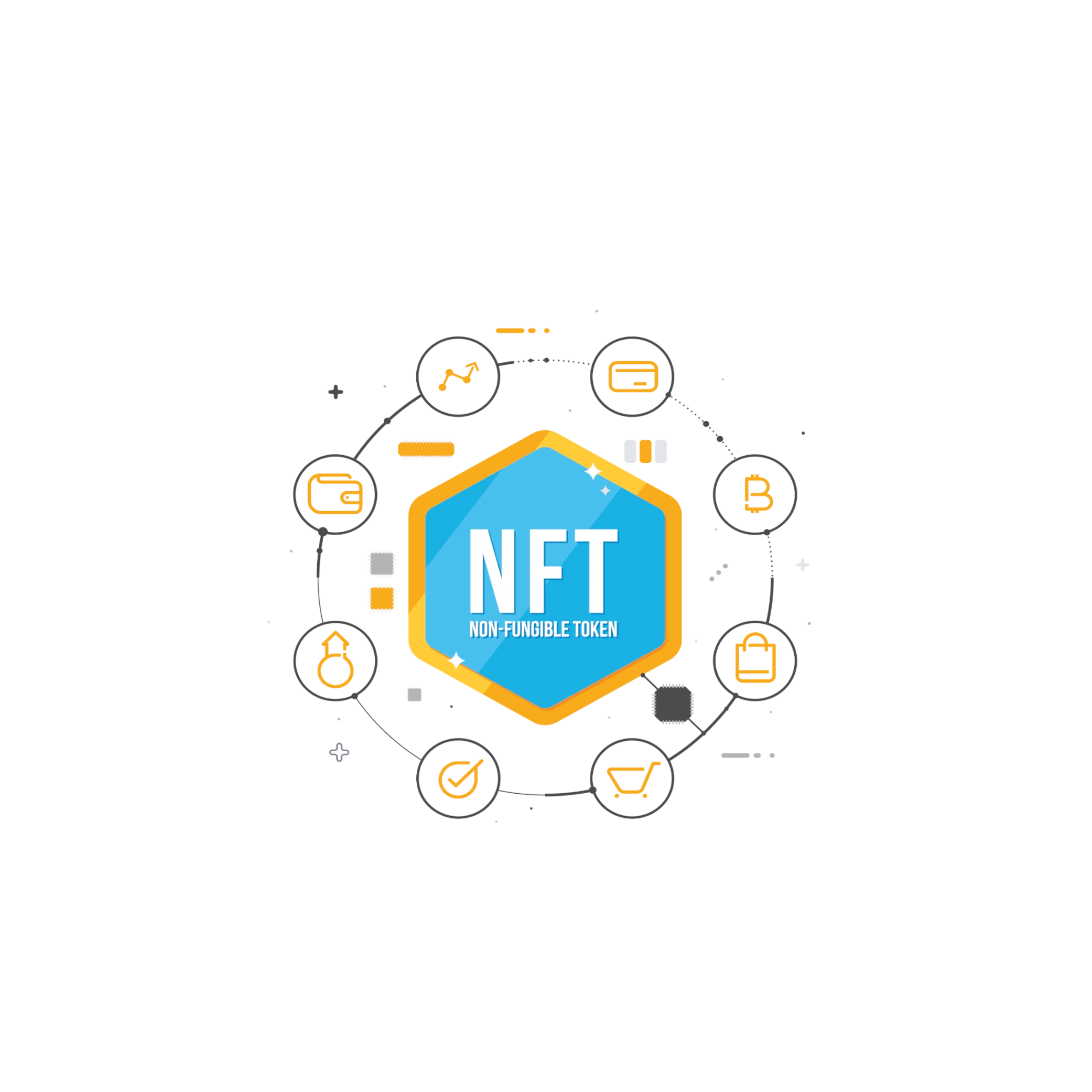
What is Token Gating?
The term Token Gating broadly refers to restricting access to certain websites, services or applications based on the ownership of a token. In this case, Token Gating specifically refers to ownership of NFTs and the subsequent restriction or access of websites or services relevant to these NFTs.
Token Gating is a way of granting exclusive access to a select few users to limited and/or restricted online content. It can even be theoretically used to grant access to physical assets or services, depending on the mode of implementation.
What is an NFT-based membership?
As the name suggests, an NFT-based membership is when access is granted to a particular service only when the ownership of a specific NFT or a type of NFT is verified.
In some cases, the terms “NFT-based membership’ and ‘Token Gating’ may be used interchangeably. However, it is essential to note that the former is specifically related to NFTs, while the latter could mean a variety of different tokens.
Since NFTs are built and stored using blockchain technology, they have a high degree of fidelity and safety. But unlike cryptocurrencies that are identical blocks on the chain, and therefore interchangeable, NFTs are unique and cannot be replaced.
Some of our supported communities and membership platforms include Kajabi, Thinkific, Podia, Mighty Networks, MemberPress, MemberSpace, Wild Apricot, YourMembership, Morweb, among others.
Benefits of NFT-based memberships
NFT-based memberships share numerous benefits with blockchain technology, which it relies on.
-
Security: You can ensure that access to assets and storage of credentials for NFT-based memberships is safe and very tough to break into or steal. This gets rid of the user’s worries about where their data is stored and who gets to use it for their gain.
-
Transparency: For the same reason as above, NFT-based memberships are also transparent, and therefore trustworthy. The decentralized nature of blockchain makes it so that unwanted activity and manipulation can be easy to spot and prevent.
-
Prevention of piracy: One of the biggest selling points of implementing NFT-based memberships is to prevent piracy. This is useful for online video and entertainment distribution platforms that suffer losses of revenue due to unlawful sharing and stealing of that content.
-
One user per membership: For the same online entertainment distribution platforms, you can enforce a strict ‘one user per membership’ policy that prevents users from password sharing, resulting in a lower apparent user base than expected. Netflix is a prime example of a platform making the move towards such a policy.
-
Ease of access: For the broad populace to embrace and use this type of membership, it should be just as easy to onboard as a regular SSO. Thankfully, this is possible by implementing a one-click easy access option or just by checking if the necessary crypto currency wallet is logged into.
Conclusion
To conclude, it is clear that Token-gated memberships using NFTs are highly versatile and paving the way for more reliable and secure technologies in the Web3 domain. Only time will tell what other use cases we may find for them.
You can check our miniOrange DApp Dashboard and get started with your NFT Token Gating solution. With support for token gating on the most popular platforms, you can secure and control access to your NFTs like never before. If you don’t see token gating available for your particular platform, don’t worry! Just reach out to us at web3@xecurify.com, and we’ll gladly help you add NFT token gating support for your desired platform.
Reference links
Author
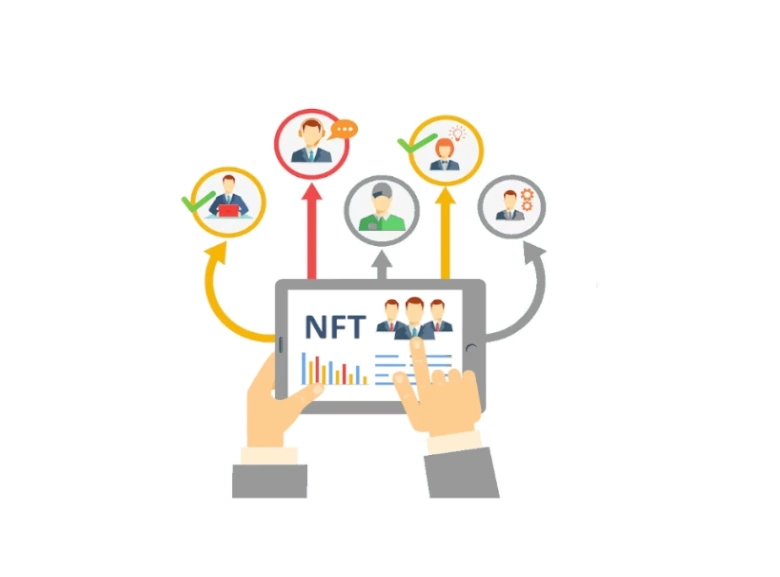
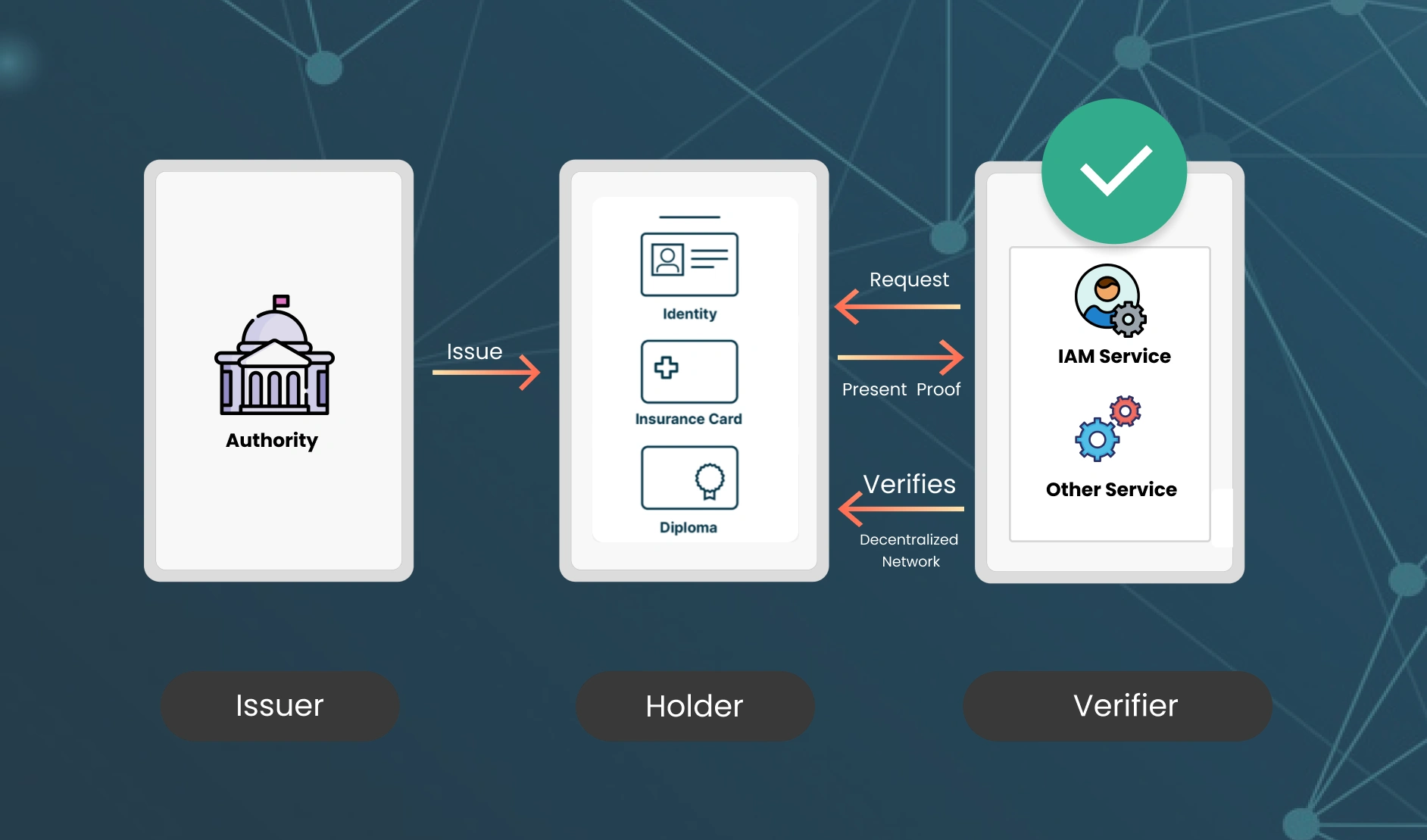
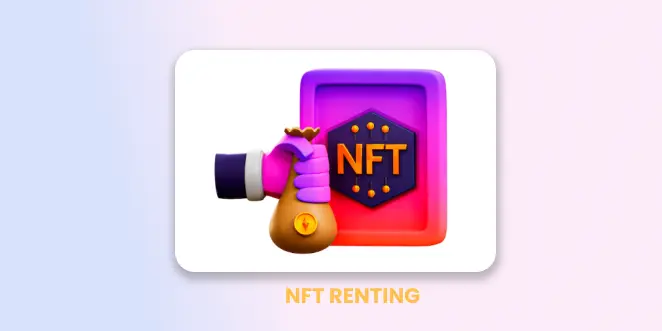
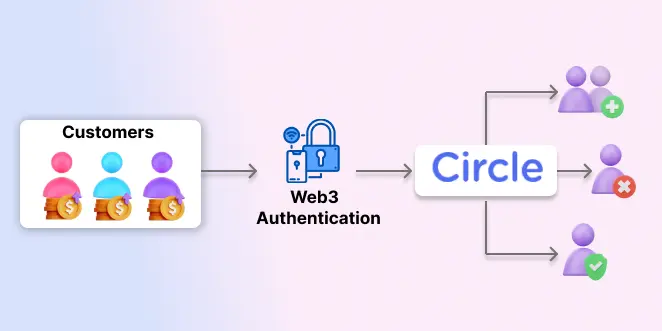

Leave a Comment